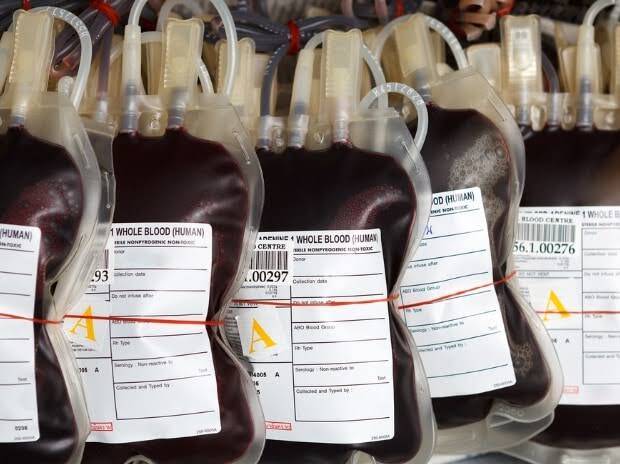Blood banking is the process of collecting, testing, processing, and storing blood and its components for transfusion purposes.
This is an essential service that plays a vital role in healthcare systems worldwide.
In this blog post, we will explore the different aspects of blood banking, including its importance, the process of blood collection, testing, processing, and storage.
Why Blood Banking is Important
Blood transfusion is a life-saving procedure that is used to treat patients with severe bleeding, anemia, cancer, and other medical conditions.
However, it is crucial to ensure that the blood being transfused is safe and compatible with the patient’s blood type to prevent adverse reactions.
Blood banking helps to ensure that a sufficient supply of safe and compatible blood is available for patients who need it.
Also Read; How to Pay NHIF via Mpesa
The Process of Blood Collection
Blood is collected from volunteer donors at blood banks or mobile blood drives.
Donors are screened for eligibility, which includes questions about their medical history, current medications, and recent travel.
Donors also undergo a physical examination, including a measurement of their blood pressure, temperature, and pulse.
The actual blood collection process typically takes around 10-15 minutes and involves the insertion of a needle into the donor’s arm to collect blood into a sterile collection bag.
The Process of Blood Testing
Once the blood is collected, it is tested for infectious diseases such as HIV, hepatitis B and C, syphilis, and other blood-borne pathogens.
This is an important step in ensuring that the blood is safe for transfusion. In addition to infectious disease testing, the blood is also tested to determine its blood type, which includes testing for the presence of A, B, and Rh antigens.
The Process of Blood Processing
After the blood has been tested and deemed safe for transfusion, it undergoes processing to separate it into its components.
This includes separating the whole blood into red blood cells, plasma, and platelets.
Each of these components has specific medical uses, and they can be transfused separately depending on the patient’s needs.
The Process of Blood Storage
Once the blood has been separated into its components, it is stored in a refrigerated unit until it is needed for transfusion.
The storage temperature and conditions vary depending on the specific blood component being stored. For example, red blood cells are typically stored at 1-6°C, while platelets are stored at room temperature.
Conclusion
In conclusion, blood banking is an essential service that helps to ensure that a safe and adequate supply of blood is available for patients who need it.
The process of blood banking involves collecting, testing, processing, and storing blood and its components. By following strict procedures and protocols, blood banks can provide patients with life-saving blood transfusions that can make all the difference in their recovery. So, donating blood can help to save lives, and it is a valuable contribution to the healthcare system.
